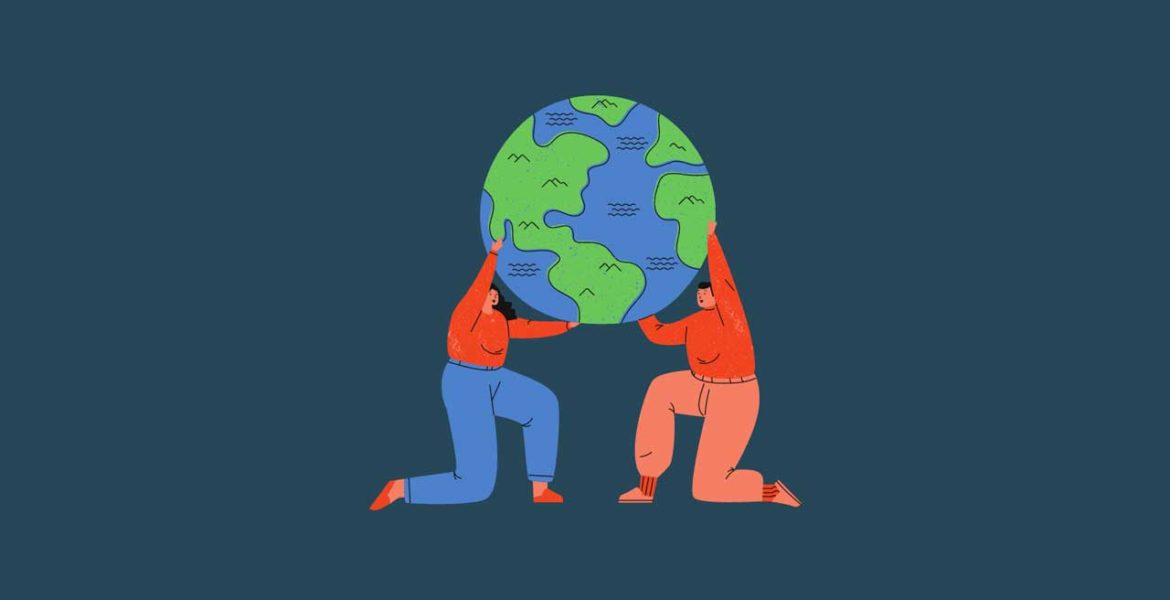By Vanessa Cartwright, Chief Client Success Officer, Astound Commerce
As certain states and regions phase towards reopening, we await the economic effects of the crisis on brands and retailers, and whether there will be a lasting impact on sustainability, with long-term benefits to our environment.
Over the past months, consumers have rapidly adjusted to the realities of longer delivery times, fewer delivery slots, and out of stock products. We have quickly absorbed the concept of ‘essential’ versus ‘non-essential’ products, and have adjusted our lives to focus on slower-paced activities reminiscent of our childhoods, from jigsaw puzzles and baking to planting gardens and bicycling in our neighborhoods.
Prior to the pandemic, one of the big questions for the retail industry was: How do brands compete with Amazon’s increasingly rapid delivery times, with products arriving sometimes within hours?
Today, just weeks later, some are applauding Amazon for taking steps to keep their workers safe by concentrating on rapid delivery for only essential goods, and imposing longer (often undefined wait times) for products considered non-essential. Since so much is open-ended and unknown in the current climate, a few more days or even weeks is now acceptable. Our lives have changed, and just like elementary school children, we are re-learning how to recognize which of our purchases are wants, versus needs. Our shopping activities are now categorized into essential or non-essential, and given the likelihood that we will continue to see outbreaks in the long and short term future, there will be enduring changes to the retail world, and we will remain less demanding of immediacy.
We are also more careful in considering what we buy. It may seem tempting to purchase a new pair of yoga pants to ease the monotony of the once-novel live Zoom classes, however, do we really need them? Do we feel justified in spending the money, even if we have it when others have had their livelihoods disrupted? And does it sit well with us to expect someone in a warehouse to package a product in this climate, and another person drive it to our house, and place it on our doorstep while we sit and wait in safety?
Marcus Wainwright, Founder and CEO of Rag and Bone, put it well, in his open letter posted on ragandbone.com, “The time for buying stuff for the sake of it is over. I, for one, am buying only things that I need, or things that mean something to me, that are properly made, and that will last.” This more mindful approach to consumerism is likely to impact our purchasing choices moving forward, in terms of the materials used, the environmental impact of manufacturing, and the harmful carbon emissions created by its delivery.
Even as stores re-open, this more purposeful approach to shopping will continue. With many of us continuing to work from home for the foreseeable future, there will be less opportunity to wander past a store and make a spontaneous purchase. Without our commute, popping into the mall on our way home from work is less convenient and now less likely. Since quarantine and shelter-in-place have been implemented, we have also changed our wardrobe choices, as evidenced by the steady climb of Lululemon’s stock valuation from its low point in mid-March, to record highs today, as athletic wear becomes our everyday. Lululemon has also extended its brand into home workouts with #thesweatlife. The perfect fit for their mission, the times, and for building an even larger network of customers and advocates.
As our attitudes and needs are shifting, we are also witnessing the rise of the second-hand clothing market. It is no longer just the preserve of early leaders such as The North Face, that launched Clothes the Loop as a pilot back in 2013. Now, giants like Walmart are entering this space and partnering with ThredUp to bring pre-owned marketplace access to Walmart customers.
Each day, we witness the positive impact of the dramatic reduction of carbon emissions. Less driving, less flying, less shipping, and already we hear more birdsong, see more wildlife, and images of cities are suddenly visible now that the pollution has cleared. Finally, we read reports of sea-life able to communicate after decades of deafening shipping noise. Seeing the impact of reduced pollution vividly underscores the need for us as consumers to demand long-term changes to how products are produced and delivered to us.
While, brands and retailers are re-assessing supply chains to build in more flexibility, reducing their reliance on production or manufacturing capabilities that may be disrupted at any moment, consumers are responsible for driving huge shifts into the supply chain, insisting that their products are sourced and manufactured locally. Local products support people we know. They give us a stronger level of safety and security, as we can scrutinize health and safety practices. Most importantly they allow us to feel more comfortable in terms of our purchases, knowing that we are lessening our impact on the Earth.
While scary, frustrating and often tedious, these past few months have created massive shifts in consumer shopping behaviours, and those brands and retailers who nimbly respond will be those who thrive in whatever we will face around the next corner of COVID-19.

